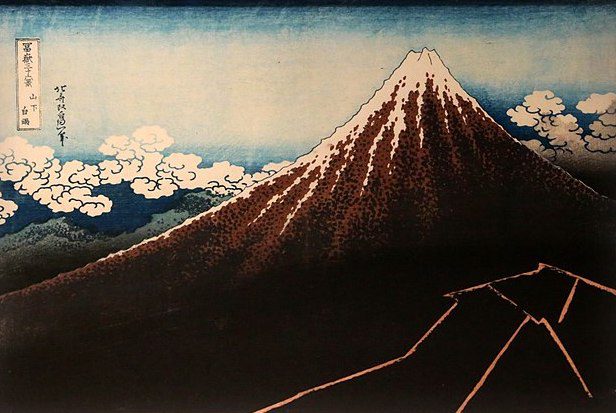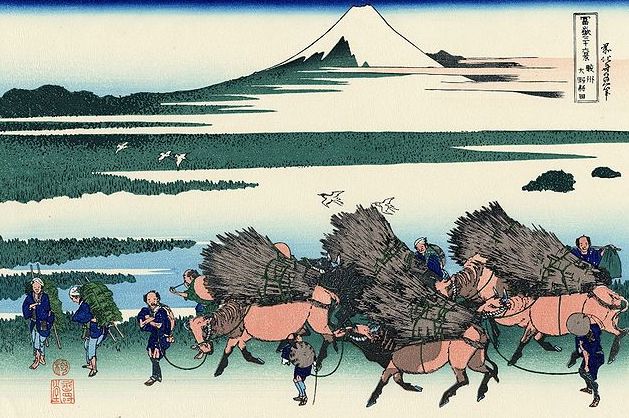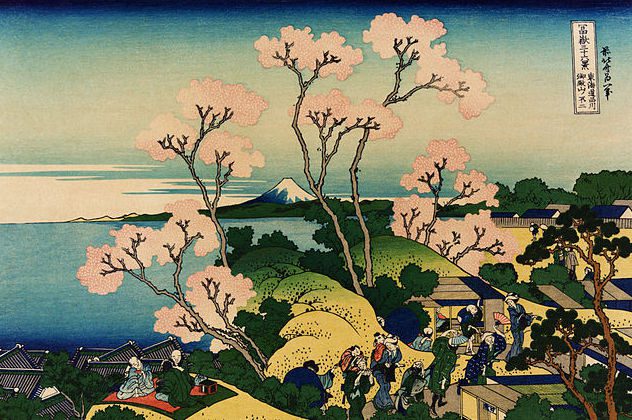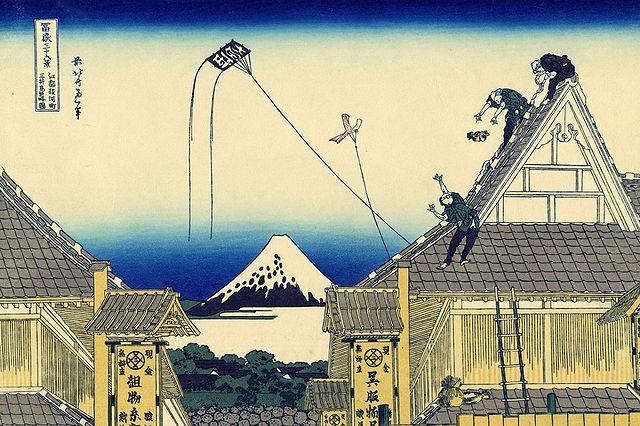Japan art and Hokusai: Mount Fuji and the working-class
Lee Jay Walker
Modern Tokyo Times

The Japanese artist Katsushika Hokusai (1760-1849) is one of the most famous artists to hail from Japan. Many Western artists came to adore many aspects of his art in the nineteenth century – and this continued the following century.
Hokusai’s Thirty-six Views of Mount Fuji is an amazing completion that highlights the sheer power of this esteemed mountain in Japan. The central connection of this art series is the stunning views of Mount Fuji and adorable landscapes.

The working-class angle – that exists in the Thirty-six Views of Mount Fuji – is also fascinating. This concerns the natural nature of working-class people – within view of Mount Fuji – that isn’t romanticized. Hence, it is a natural representation of the environment that existed.
The working class in vast periods of the history of Western art either didn’t exist – or they were marginalized to a mere backdrop. Some art forms – Japanese or international – had no reason to focus on humans within art. Thus the main artistic themes concern nature, religion, pure landscapes without human interaction, and so forth. However, in the opposite direction, a minority of artists over-romanticized the life of the working classes. – for example, farmworkers looking contented and wholesome.

The art form of ukiyo-e never had this problem because nothing was out of bounds. Hence, extreme sexual depictions, violent crimes, mysterious ghosts – and so forth – were all part of this fascinating art culture. Hence, Hokusai is highlighting the non-elitist nature of ukiyo-e. This concerns the subject matter and what he witnessed during his travels.
The British Museum says, “…Hokusai had the longest career of any of them – more than seventy years – and during this time changed his style many times, making unique contributions in all fields.”

Overall, the sublime beauty of Thirty-six Views of Mount Fuji concerns the delightful landscapes of Mount Fuji and the potency of nature. Also, the depiction of the working-class who are naturally depicted without disdain, nor being a mere backdrop, nor romanticized, is a welcome portrayal because he denotes no anti-working class bias.

MODERN TOKYO TIMES PHOTO IMAGES
PLEASE DONATE TO HELP MODERN TOKYO TIMES
Modern Tokyo News is part of the Modern Tokyo Times group
DONATIONS to SUPPORT MODERN TOKYO TIMES – please pay PayPal and DONATE to sawakoart@gmail.com
http://moderntokyotimes.com Modern Tokyo Times – International News and Japan News
http://sawakoart.com – Sawako Utsumi personal website and Modern Tokyo Times artist
https://moderntokyonews.com Modern Tokyo News – Tokyo News and International News
PLEASE JOIN ON TWITTER
https://twitter.com/MTT_News Modern Tokyo Times
PLEASE JOIN ON FACEBOOK